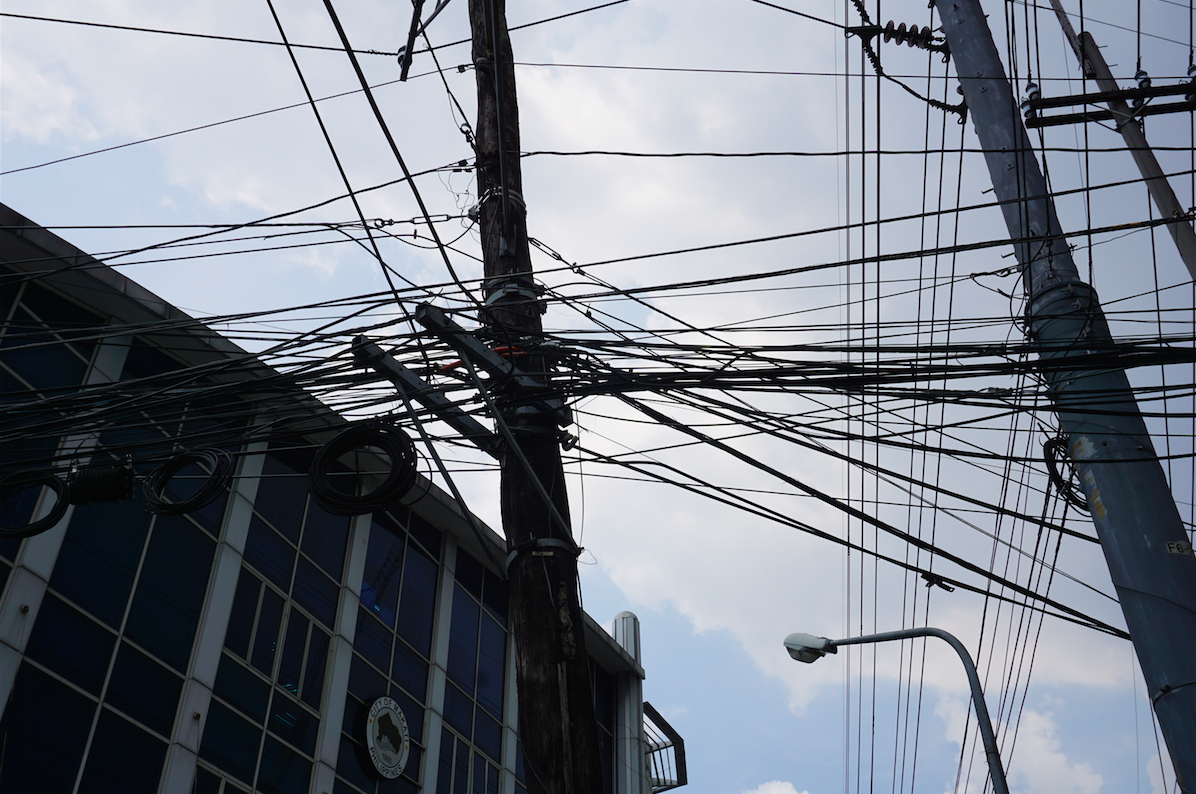- Published on
The impact of tropical storms on energy security
- Authors
-
-

- Name
- Vivienne Roberts
- in/viviroberts
-
Super typhoon Haiyan or Yolanda is strongly embedded in the collective memories of the Philippine people. While the storm took place in November 2013, I have heard people reminiscing about their experiences of trees being uprooted, roofs blown off, gardens and plots destroyed, all from “sustained winds of 295 kph, gusts as strong as 360 kph.” [CNN] As I have been amongst various diving communities, I have also heard about the devastation to the local coral reefs and the biodiversity so dependent upon these reefs.
The map below, taken from the NY Times here, shows the path that the typhoon took, and the storm surges experienced along the way. This article has a few other pics and maps that are interesting to see what was left after the storm. My travels so far have taken me through Mindoro, Panay and Cebu islands; pretty much in the firing line.
I’ve mentioned before that the Philippines’ geography, being made up of many, many islands, makes the provision of electrical services difficult. The technology type and installation size needs to be appropriate, the transmission infrastructure needs to cross mountains and ocean channels, servicing small villages to enormous, dense and what looks like fairly poorly planned cities. Some islands are too remote to justify transmission lines (see my post on Malapascua) and there very small scale distributed installations are required.
So the installation technologies vary according to the needs of the respective island. Geothermal, hydro, coal, natural gas, oil and increasing solar and wind technologies all make up the energy picture.
The complexity associated with providing these electrical services is then further complicated by the need to respond to tropical storms, and if what we’re seeing globally continues, these tropical storms may be increasing in intensity and frequency going forward. Systems and networks need to be able to withstand a beating from nature. The map below [GMA News] shows electrical outages experienced, and the extent of it is incredible. A geothermal facility totalling 650MW was down because of damage to the cooling towers. Keeping in mind that the entire grid is 17.9GW, this means that 4% of the country’s electricity system was offline from one installation going down.
And it’s not just the big stuff that stops working. With roofs being blown off, any roof mounted solar systems will naturally be at risk. Ground mounted systems too. Wind installations will need to be design to withstand the persistent wind levels and gusts experienced during these storms, and infrastructure associated with smaller distributed generation technologies will also need to ensure that systems are protected from wind damage, damage from debris and from storm surges and floods.
Storm water does not drain well here after an afternoon of raining. The drains and stormwater systems are not equipped to cope with the summer rains, let alone the massive dumping of water experienced during proper tropical storms. What does this mean for a country where the electrical and communication connections look like this?




